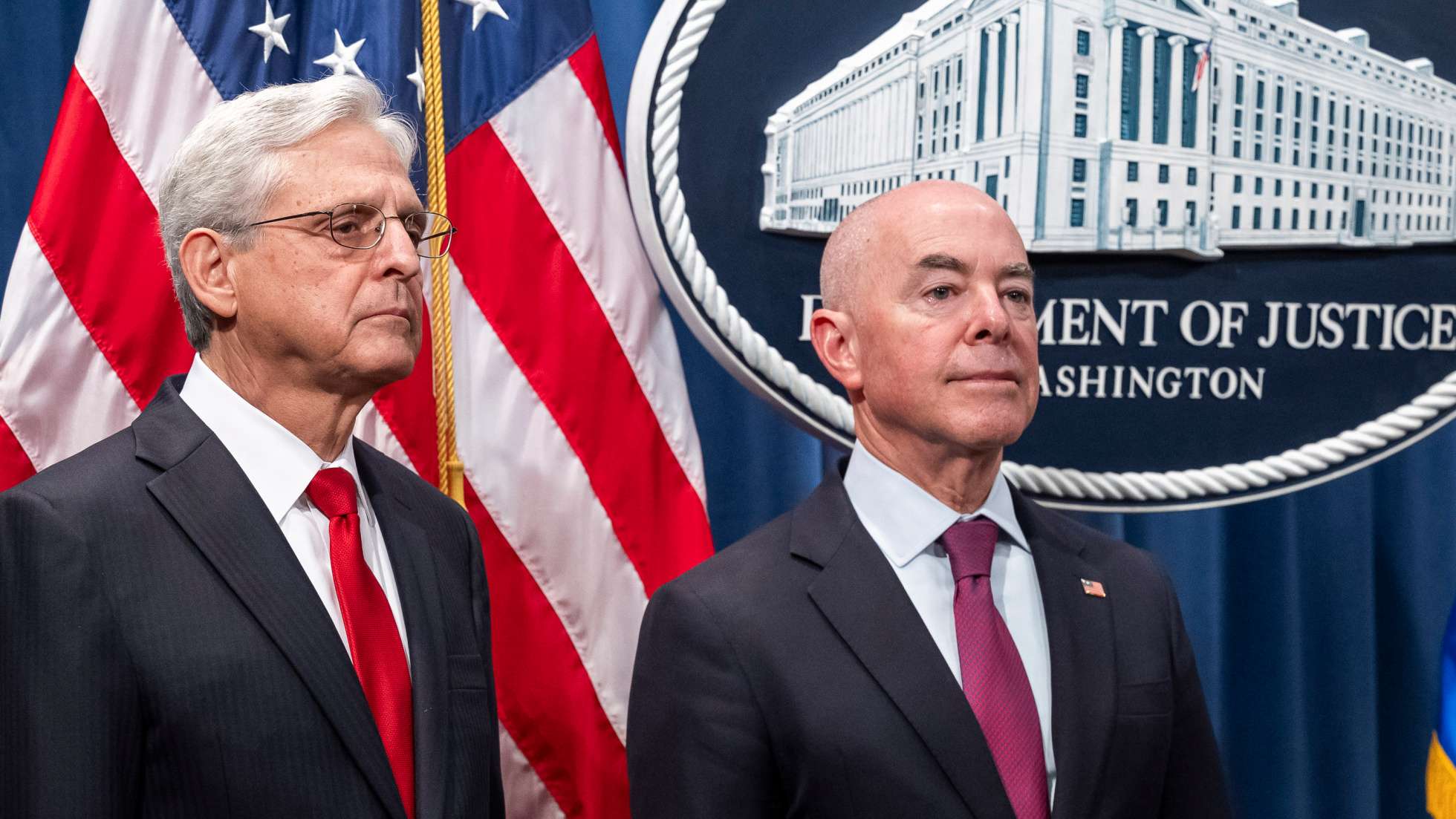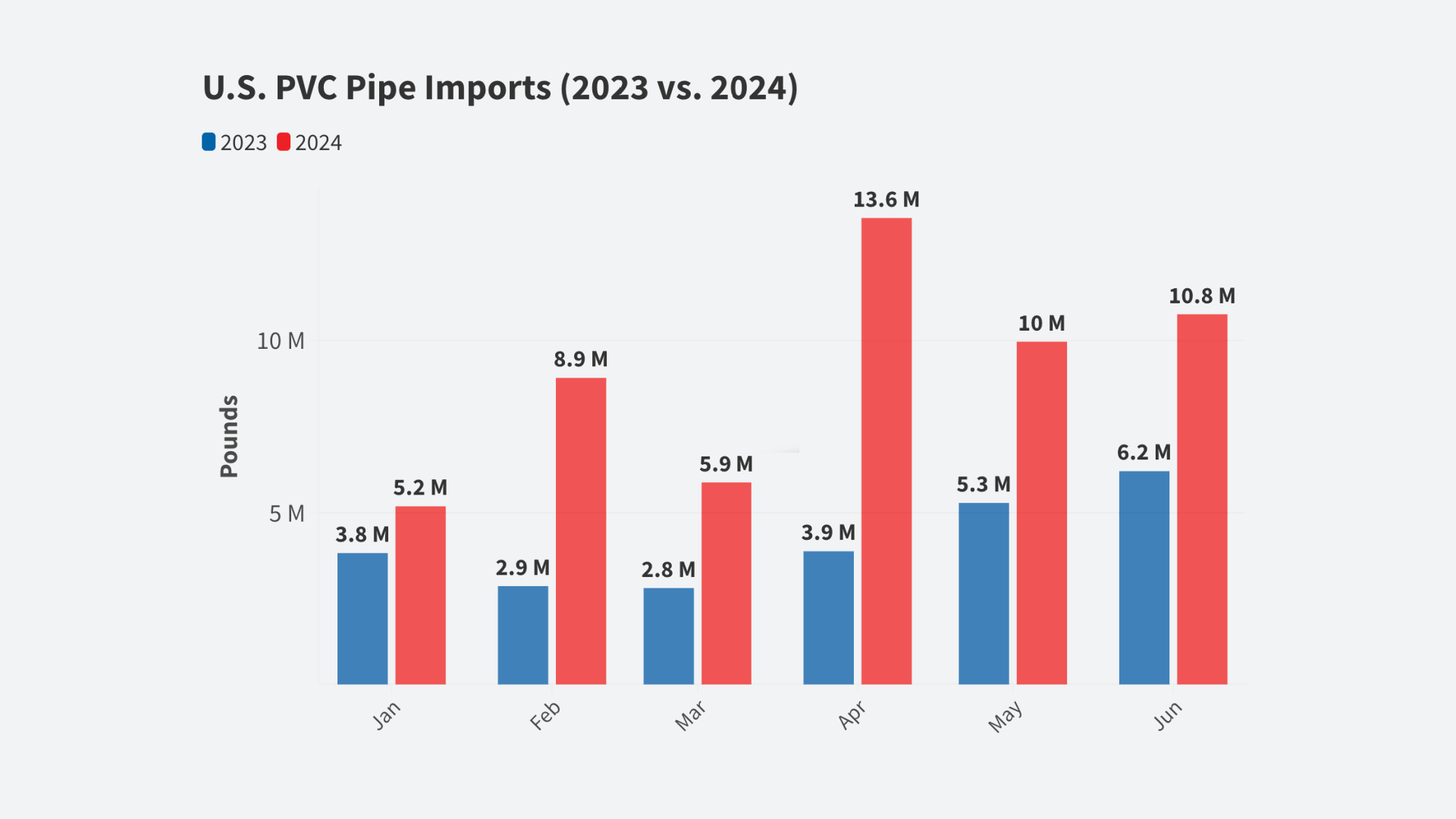President Trump’s America First trade strategy will likely gain momentum as 2018 gets underway.
Originally appears on The Hill
The promised “renegotiation” of NAFTA is in full swing. And America’s solar panel, steel, and aluminum manufacturers are eagerly awaiting decisions in trade cases involving heavily subsidized imports from China.
Many domestic manufacturers are reporting increased sales because President Trump’s trade rhetoric has caused multinationals to look harder for American sourcing.
The administration is clearly serious. Already this year, promised efforts to revisit the 2012 U.S.-South Korea trade agreement have begun. This is important since America’s trade deficit with South Korea has more than doubled from $13 billion in 2011 to $27 billion in 2016.
But trade agreements aren’t the only workload for President Trump’s team. The administration also faces decisions on crucial trade cheating cases involving subsidized imports in everything from steel to clothes washers.
These are all necessary and vital moves for an administration looking to enhance U.S. manufacturing competitiveness. However, U.S. Trade Representative Robert Lighthizer and Commerce Secretary Wilbur Rosscan brilliantly negotiate trade agreements, and vigorously crack down on trade cheating, but still lose ground on trade deficits if the Treasury Department refuses to tackle a key, ongoing problem — an overvalued dollar that makes U.S. goods and services more expensive for foreign buyers.
A historical parallel is relevant here, since President Reagan faced troubling trade deficits 35 years ago. Then, as now, the dollar was drastically overvalued, making U.S. goods and services prohibitively expensive in global markets. Reagan acted aggressively, however, and achieved significant trade deficit reductions.
In 1985, the Reagan administration negotiated what is known as the Plaza Accord to address the dollar’s overvaluation, primarily against a Japanese Yen and West German Deutsche Mark that were driving America’s trade deficit at the time.
That important intervention substantially reduced the dollar’s value to a more competitive level, boosting U.S. production and trade performance in the late 1980’s. In fact, the U.S. trade deficit actually declined drastically by 1991.
While Reagan’s solution worked, the problem eventually re-emerged, grew much bigger, and no president has subsequently demonstrated the knowledge or fortitude to solve it.
President Trump and Treasury Secretary Steven Mnuchin must come to grips with the fact that an inflated U.S. dollar is devaluing our labor — depressing wages and spurring an increase in our trade deficit.
As the Peterson Institute’s Fred Bergsten and William Cline have noted, “every 10 percent rise in the dollar adds about $350 billion to the trade deficit…with a corresponding loss of about 1.5 million jobs.”
The result is U.S. corn, beef, cars, and financial services priced higher for foreign buyers. Research by the Coalition for a Prosperous America suggests that the dollar may be overvalued by as much as 25.5 percent, compared to its competitive or “equilibrium” price. And not only is the dollar overhyped, but the currencies of key competitors like Japan and Germany are actually significantly undervalued at the same time.
Why is the dollar too expensive? Foreign money is buying dollar-denominated assets — like U.S. bonds, and stocks — at the highest rate ever.
A substantial portion of these increased inflows do not improve our economy because they are simply stored in a vast number of accounts in various financial institutions. While it’s flattering that the world continues to see the dollar as its primary currency, the flattery is actually a curse. Countries with undervalued currencies — like China and Germany — are able to export cheaply, create good paying jobs, and challenge the U.S. on the world stage.
Trump, like Reagan, can craft a new tool to fix the problem. A “Market Access Charge” (MAC) has been proposed to apply a very small charge on the flood of foreign money driving the dollar too high — to gently push it back to a competitive price over time.
The fee would primarily affect the kind of short-term, low-value, dollar investments that drive much of the current market, where investors briefly hold dollars and dollar-denominated securities for a quick profit. The charge could be imposed on a sliding scale; increasing when the trade deficit is high, vanishing in periods without a deficit.
Notably, a MAC could be implemented unilaterally by the U.S. government because it is consistent with international rules. Many nations have adopted similar policies — in a less sophisticated way — to address pressures on their own currencies.
The administration is rightly moving full-tilt on trade agreements and trade investigations. Trump, like Reagan, can achieve his goal of an America First strategy that eliminates the trade deficit. But it is hard to see how that goal can be achieved without the help of Mnuchin and the Treasury Department pivoting from a “strong dollar” position to a “competitive dollar” position.
Farmers, manufacturing workers, and service industries from Alabama to Ohio to Wyoming would then be able to share in an economic recovery. It’s simply time for the United States to finally confront this currency challenge.
Michael Stumo is CEO of the Coalition for a Prosperous America.













